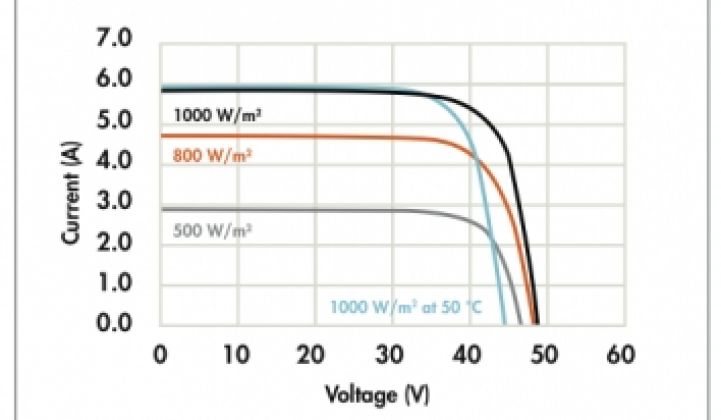Tigo Energy, a solar balance-of-system startup, announced that it just added $10 million more investment dollars to its coffers. The new investment was led by Inventec Appliances Corporation (IAC), along with existing investors Clal Energy, Matrix Partners, OVP and ICV. Inventec is Tigo's manufacturing partner and produces high-volume electronic products for consumer technology brands.
This brings Tigo's VC total to $27 million for circuitry that maximizes the power yield of a solar panel.
Inverters represent about eight percent of the total cost of a solar installation and account for a fast-growing $2.5 billion market. The traditional method of stringing photovoltaic panels in series has inherent inefficiencies that Greentech Media Research has explored in deep detail (see The Coming Disruption in the Inverter Market).
Entrepreneurs and VC investors have turned out in full force to confront these inverter reliability and performance issues with a number of different approaches. Companies like Tigo have designed distributed Maximum Power Point Tracking (MPPT) DC-DC solutions which locate some of the power-conditioning electronics at the module. Microinverter startups like Enphase, PetraSolar, SolarBridge and others pair discrete, self-contained inverters with each solar panel.
In both of these cases, energy harvest is improved and design constraints like panel mismatch, varying roof pitch, and shading are minimized.
Tigo claims that its product boosts the output of solar arrays up to 20 percent. Tigo's CEO Sam Arditi said, "We fix all the environmental issues and we improve the system by eliminating all temperature differences, dirt issues and panel mismatch."
"We sell a module or a board that goes into the junction box and see our product as local MPPT or power maximizer per panel -- not as a distributed inverter. We do not compete with inverter companies. We do not do [DC to AC] conversion."
Currently, panel maximizers and microinverters are discrete devices, mounted on the racking hardware or attached to the panel. The presumptive endgame for this class of innovative products is full integration into the panel or junction box itself.
Arditi said, "We do believe that we are much better positioned to be integrated into the panel -- our component count is much lower versus a microinverter, and that makes a lot more sense to module manufacturers."
Ron Hadar, COO and President of Tigo, said, “Our capital efficiency means this round takes us to profitability quickly with very little funding raised...It’s clear our industry can achieve enhanced power harvest, module-level system management and safety without putting small inverters on roofs.”
The company’s technology has been installed on hundreds of PV systems worldwide, including many large-scale commercial projects. Arditi said, "In the coming 12 months we think we will do 100 megawatts of installations -- that's not a small number."
Partial List of DC-DC Inverter Architecture and Panel Maximizer Firms
- Accurate Solar
- eIQ
- MPPC
- National Semiconductor
- SolarEdge
- Tigo Energy
- Xandex



